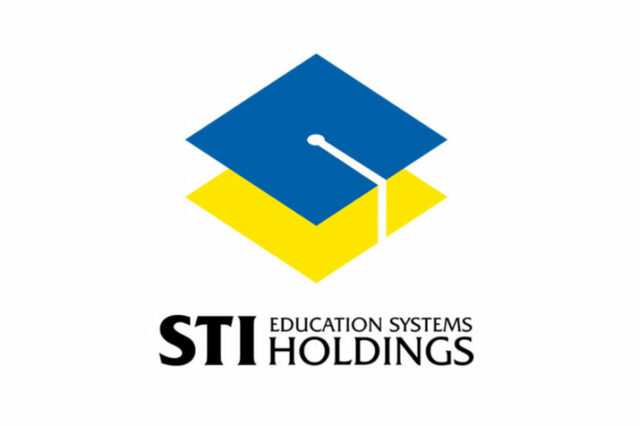JG Summit Holdings net income surges to P20.2 billion
GOKONGWEI-LED conglomerate JG Summit Holdings, Inc. said its net income reached P20.2 billion in 2023, up by 30 times from the P700 million net income the prior year, led by higher revenues from its airline and real estate businesses.
“Incorporating more favorable foreign exchange and mark-to-market adjustments, net income leapt to P20.2 billion, 30x the P0.7 billion reported in the same period last year,” JG Summit said in a stock exchange disclosure on Tuesday.
JG Summit saw a 14% increase in 2023 revenues to P343.8 billion led by the first full year of unrestricted travel demand coupled with the broad-based growth in its real estate unit and the steady improvement in its food and petrochemical sales.
The conglomerate’s core net income surged to P19.6 billion in 2023 from P6.2 billion in 2022.
“In 2023, we saw our airline and property businesses benefiting from fully lifted mobility restrictions while we carefully navigated the tough inflationary environment that affected demand and margins, especially for our food business,” JG Summit President and Chief Executive Officer Lance Y. Gokongwei said.
“Our petrochemical unit, however, still suffered from weaker overall demand but we are encouraged by the internal progress of our transformation program that ensures it remains competitive when the cycle turns,” he added.
For the air transportation business, Cebu Air, Inc. (CEB) recorded a P7.9-billion net income in 2023, a reversal of the P14-billion net loss in 2022 due to more efficient operations and lower fuel costs.
The airline’s revenues rose 60% to P90.6 billion as it served 20.8 million passengers and increased flights by 30% year on year.
As of end-2023, CEB’s fleet consisted of 85 aircraft. It operates in 60 destinations across 108 routes with over 2,700 weekly flights.
“CEB’s efforts to recover capacity and efficiently serve the strong travel demand bore fruit as it reclaimed its first full-year profitability since the pandemic,” JG Summit said.
For the real estate and hotels business, Robinsons Land Corp. (RLC) recorded a 24% jump in its net income to P12.1 billion. Its top line reached P39 billion led by its malls, hotels, and residential businesses.
RLC Residences posted a 26% increase in net sales take-up to P21.3 billion while joint ventures net sales take-up improved 117%.
For the food business, Universal Robina Corp. (URC) saw a 13% decline in its 2023 net income to P12.2 billion. Its revenues rose by 6% to P158.4 billion following the expansion of its agro-industrial division, the post-price correction recovery of its international business, and the growth in most of its domestic categories.
To support its expansion efforts, URC is investing in a 31-hectare production plant in Malvar, Batangas where many of the company’s products that would be introduced in the coming years would be manufactured.
For its petrochemicals business, JG Summit Olefins Corp. (JGSOC) narrowed its net loss to P12.9 billion in 2023 as it began to recognize as expenses the interest on project-related debt and depreciation on the newly completed plants.
The company’s revenues expanded by 6% to P38 billion amid lower petrochemical selling prices.
“As the industry remained strained during the prolonged petrochemical cycle trough, JGSOC made the strategic decision to shut down the plant in early 2023 and began to resume operations in June,” JG Summit said.
For the core investments, JG Summit’s share in the earnings of Manila Electric Co. improved 26% to P9.8 billion in 2023 due to higher contributions from its power generation and retail electricity businesses, as well as the continued growth of its distribution business.
The equity income from Singapore Land Group fell by 16.7% to P2.5 billion from P3 billion following the decrease in the contribution from its residential projects. The decline was offset by the recovery of the hospitality industry that led to better hotel operations.
JG Summit had 8% lower dividends from PLDT, Inc. totaling P2.6 billion as the telecommunications company halved its special dividends from tower sales to P14 per share. Its regular dividends increased by P5 to P94 per share.
Meanwhile, Mr. Gokongwei said that JG Summit is eyeing to bring its 2024 core profits closer to pre-pandemic levels
“As we look forward, easing inflation and the potential rate cuts would bode well for consumer demand and lower input prices. We hope to recover lost volume and market shares in our food business, sustain portfolio expansion in our real estate arm, increase capacity and short-haul recovery for our airline, and crystallize the financial gains from our petrochemical transformation program,” Mr. Gokongwei said.
On Tuesday, JG Summit shares rose by 1.41% or 50 centavos to P35.95 apiece. RLC stocks improved by 0.72% or 12 centavos to P16.68 per share. URC shares gained by 0.68% or 70 centavos to P103.80 each. CEB stocks were unchanged at P31 per share. — Revin Mikhael D. Ochave














